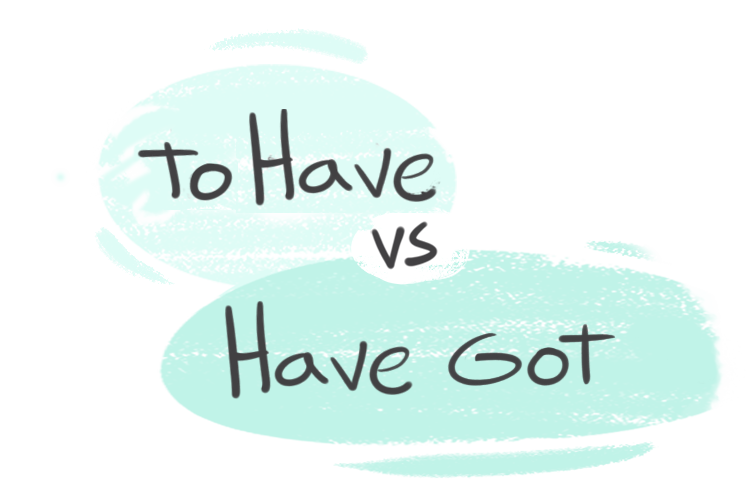The English language offers a variety of ways to express possession, obligation, and other related ideas. Among these, “to have” and “have got” are two commonly used constructions. While their meanings often overlap, their grammatical structures, usage, and connotations can differ significantly. This article provides a detailed analysis of these two forms, focusing on their historical background, grammatical usage, regional variations, and teaching implications.
1. Historical Background
Origins and Evolution of ‘To Have’
The verb “to have” has deep roots in Old English, derived from the Germanic habban, which meant “to hold” or “to possess.” Over centuries, it evolved to become one of the most versatile verbs in English, functioning not only to indicate possession but also as an auxiliary verb in forming perfect tenses (e.g., “I have eaten”).
Origins and Evolution of ‘Have Got’
“Have got” emerged from a combination of “to have” and the past participle of “get.” Originally, in the Present Perfect Tense, the phrase meant “to have acquired.” The verb “have” served an auxiliary function, while the verb “got” carried the primary meaning. Over time, the meaning shifted to simply denote possession, particularly in informal British English. By the 19th century, “have got” had become firmly established as a standard alternative to “to have,” especially in conversational contexts.
2. Meaning and Usage
Possession
Both “to have” and “have got” can express possession. However, they differ in tone and frequency:
- “To have”: Often used in formal contexts or written English.
- Example: I have a car.
- “Have got”: More common in informal speech, particularly in British English.
- Example: I’ve got a car.
Obligation
“Have got” is more common for expressing obligation in British English, while “to have to” is preferred in American English:
- Example (British): I’ve got to finish this report.
- Example (American): I have to finish this report.
Other Functions
“To have” is used more broadly than “have got“, especially in idiomatic expressions (e.g., “have breakfast”) and auxiliary functions.
3. Grammar and Syntax
Affirmative Structures
Affirmative structures with the verb “To have” are formed in the following manner:
Subject + have/has + object.
- Example: She has a new job.
Affirmative structures with the form “Have got” are formed in the following manner:
Subject + have/has + got + object.
- Example: She’s got a new job.
4. Regional Variations
British vs. American English
In British English, “Have got” is more prevalent for possession and obligation while in American English: “To have” is generally preferred, especially in formal settings.
Other Varieties of English
In Canadian and Australian English, both forms are used, with preferences aligning closer to British usage in informal contexts.
5. Register and Style
Formal Contexts
“To have” is more suitable for formal writing and professional communication.
- Example: The committee has several proposals to review.
Informal Contexts
“Have got” is more common in casual speech and writing.
- Example: We’ve got plenty of time.
6. Idiomatic and Fixed Expressions
Expressions with ‘To Have’
“To have” appears in numerous idiomatic phrases:
- Examples:
- Have a good time. (meaning: to enjoy oneself or have fun)
- Have breakfast/lunch/dinner. (meaning: to eat a meal during breakfast, lunch, or dinner time)
- Have a look. (meaning: to examine or check something briefly or in more detail)
Expressions with ‘Have Got’
“Have got” is rarely idiomatic, primarily functioning as a literal alternative to “to have.” However, it can convey emphasis in informal speech:
- Example: I’ve got no idea what he means!
7. Conclusion
The choice between “to have” and “have got” depends on context, regional preferences, and formality. While their meanings often overlap, their grammatical structures and usage differ.
“To have” is versatile, appearing in formal contexts, idiomatic expressions, and various tenses, while “have got” is more conversational and restricted to the present tense.


